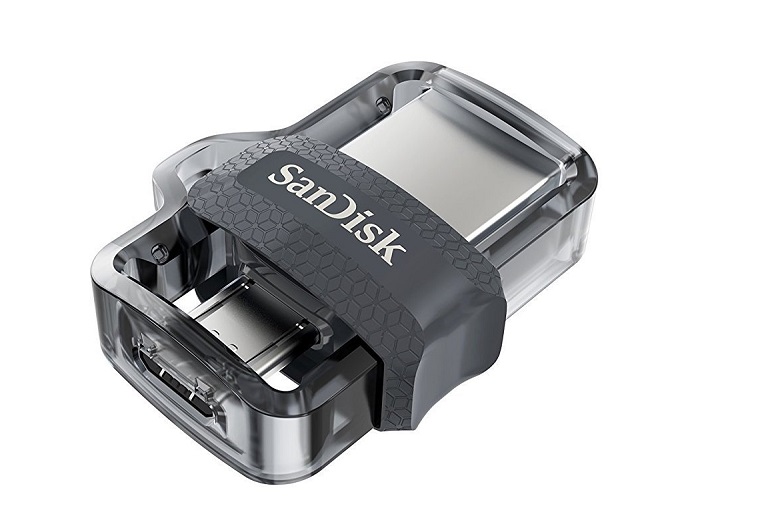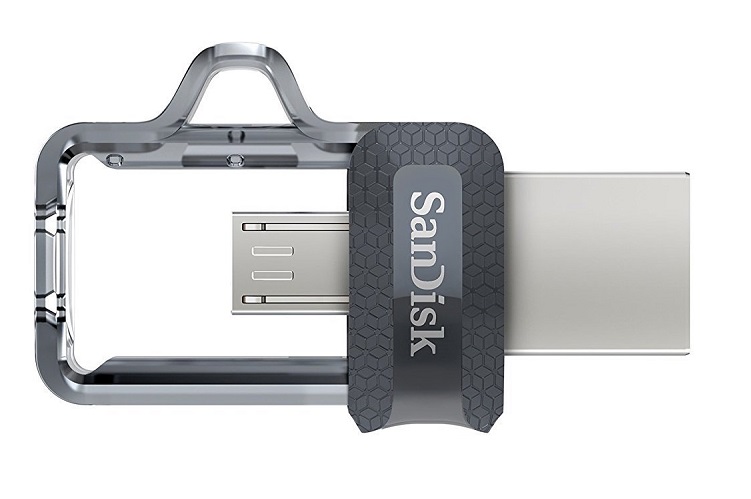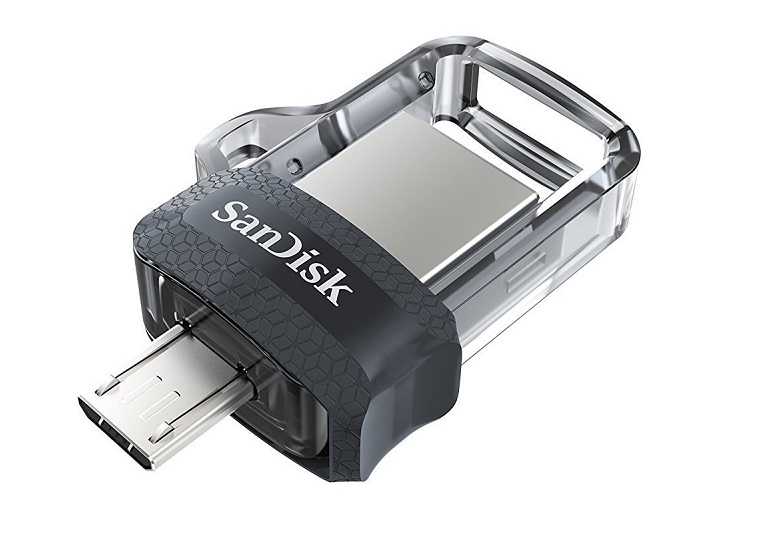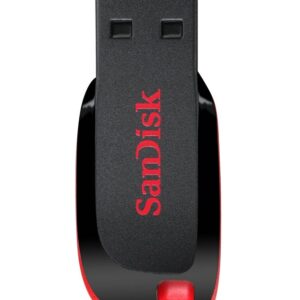The SanDisk Ultra Dual Drive m3.0 makes it simple to transfer content from your phone to your pc. With a micro-USB connector on one end and a USB 3.0 connector on the other, the drive lets you progress content easily between your devices-from your AndroidTM smartphone or pill to your laptop, LAPTOP or Mac computer1. The USB 3.0 connector is high-performance and backward-compatible with USB 2.0 ports. The SanDisk Memory Zone app2 for Android (on the market on Google Play) helps you manage your device's memory.
Technical Specification:
Interface: Interface: micro-USB and USB three.0 connectors
Operational temperature: 32° – 113° F (0° – 45° C)
Storage temperature: 50° – 158° F (-10° – 70° C)
Compatibility: USB 3.0 (backward compatible with USB 2.0) Automatically-detected when connected to an OTG-enabled smartphone or tablet. Requires Android smartphone or pill with On-The-Go (OTG) compatibility.
Temperature of USB drives throughout use:
What are the temperature standards for USB drives?
Temperature testing:
SanDisk USB drives are designed using the Safety of Data Technology Equipment, IEC 60950-1 as steering. Many countries, together with the United States, Canada, Europe, Australia and New Zealand, have adopted this safety customary.
In accordance with this steering, SanDisk USB drives are tested to control at intervals acceptable ambient temperature ranges (0º C and 25º C). Our drives are tested in an extended temperate vary and can operate in environments between 25º and 45º C.
Factors that may increase drive temperature throughout use.
- External atmosphere & host device
In environments that are on the upper end of the tested temperature vary, like 25 º C – 45º C, it is traditional for the temperature of your flash drive to increase. The exterior of the drive functions as a cooling surface that transfers heat from inside the drive to the cooler air outside. If the temperature of the ambient setting is high or if the temperature of your host devices (like your laptop that will conjointly generate heat) is high, the drive can release heat in a very less efficient manner. It is normal for the drive to be warmer in these circumstances than it would be if the ambient surroundings or host device was cooler.
- Giant file transfers & extended usage
An increase in drive temperature is additionally traditional if you're using your flash drive to transfer massive files or multiple files. Massive file transfers may take an extended period of time to finish and will require additional energy than a tiny file transfer. Multiple file transfers that are completed over a short period of time can generate an identical amount of energy. During these drive operations, the inside temperature of the drive increases and therefore the drive can release a lot of heat through the drive's exterior so as to complete the data transfer.
- USB drives with metal material
Metal absorbs more heat than plastic materials. Metal also releases heat when touched at a faster rate and may feel hot as compared to drives made out of plastic materials that are being employed in the same method. SanDisk iXpand flash drive, SanDisk Ultra Fit USB, SanDisk Ultra Flair USB, SanDisk Ultra USB Type-C, Cruzer Force USB and SanDisk Extreme PROFESSIONAL USB flash drive product all incorporate more metal material than other SanDisk USB drives.
Any of the higher than factors might lead to your drive running heat, if you experience this and find the elevated temperature to be uncomfortable, please think about waiting 10-15 seconds once your transfer is complete to remove/eject the drive.








There are no reviews yet.